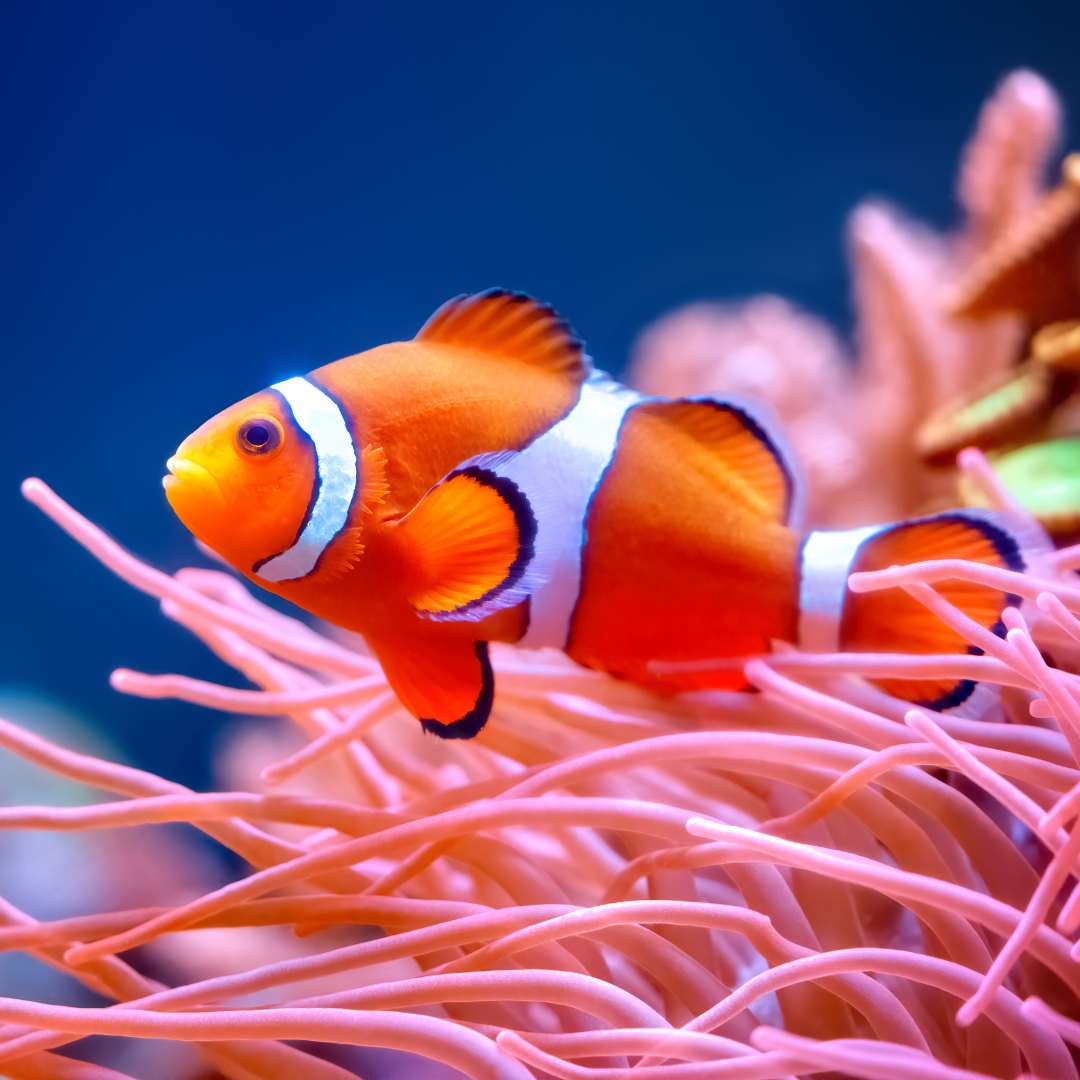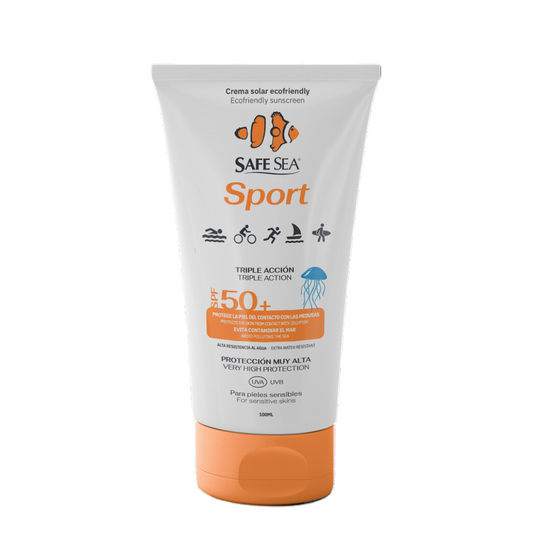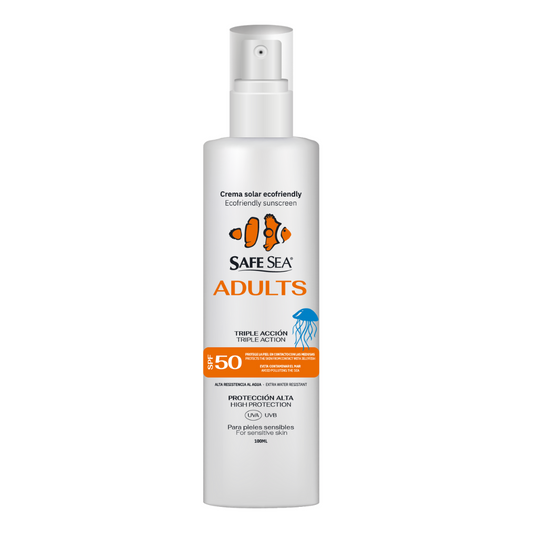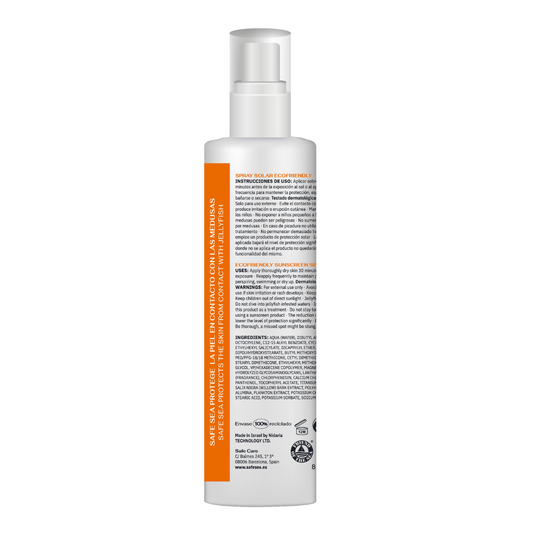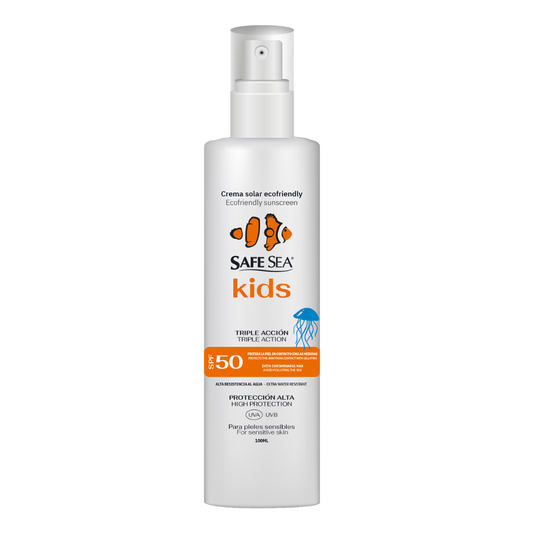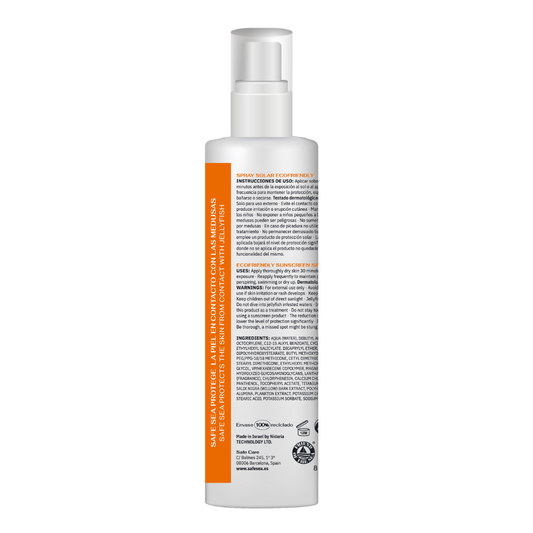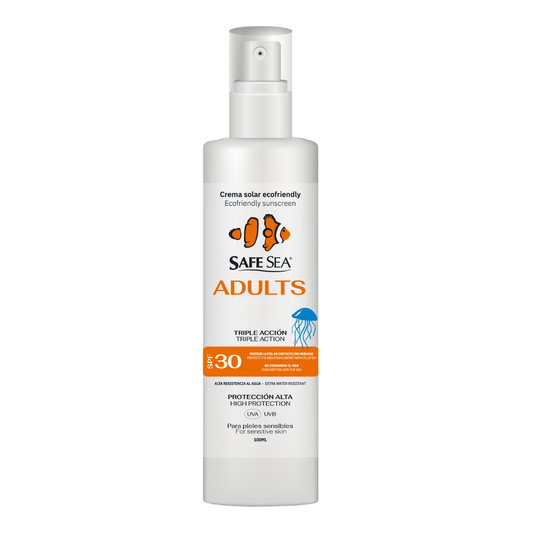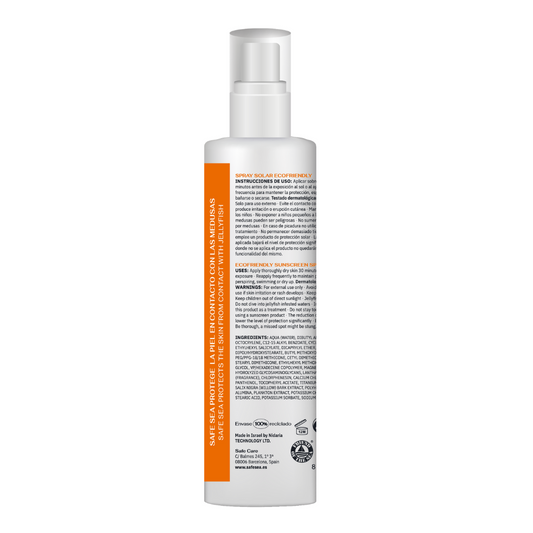More than half of the Red Cross attentions on the beach are for jellyfish stings. Last summer, more than 20,000 stings were registered.
That's right. Francisco García, head of Maritime Rescue of Red Cross, states that during summer 2022 attended more than 39,000 people. Of which, 51% were for jellyfish stings.
Summer after summer, the number of health assistance visits is increasing. The arrival of these gelatinous animals to the coasts is becoming earlier and more abundant. Therefore, in recent years, we can find specimens plying the Mediterranean waters from the first weeks of April until the end of September.

Pain. Intense itching. redness swelling erythema Ulceration. Necrosis. These are some of the symptoms that you may suffer in case of a jellyfish sting. The severity of the "sting" depends on several factors such as: the species of jellyfish, the density of the stinging cells, the age and weight of the affected person, as well as the injured area of the body.
If you have ever won this lottery, you have probably wondered why and how a jellyfish stings. If you think about it - and with a drop of humor - it is even comical to discover how a primitive organism that acts on impulse, has the ability to catch its prey so quickly and skillfully.

How do jellyfish sting?
In reality, living waters sting, but they do not attack. They are passive beings that roam open and coastal waters, with no intention to prey. Their tentacles are made up of thousands of stinging cells (nematocysts) that, upon contact with a foreign body, release a toxic venom.
However, this ability to puncture lasts even when they are dead. Sometimes they reach the shore moribund and die there. But this does not mean that they cease to be a danger. Their defense systems are still active. Even if the filaments have broken and separated from the umbrella.
For this reason, the placement of nets to protect swimmers a hundred meters from the beach is not the solution. These same nets fracture the jellyfish and the tentacles (practically invisible) reach the shore loaded with poison.
How to treat a jellyfish sting may no longer be a concern for you.
What to do if a jellyfish stings my child?
In case you take care of the sting yourself
Avoid these myths at all costs
How to protect the skin from jellyfish stings?
Did you know that you can say goodbye to jellyfish stings?
Safe Sea protects the skin from jellyfish stings. Please note that Safe Sea is not a jellyfish repellent.
The ingredients in a repellent keep the insects or animals in question away from our skin. Humans generally attract insects, ticks and other arthropods by the simple act of emanating heat and sweat. Perfumes and creams also help attract the attention of these animals.
To prevent these animals from remaining on our skin long enough to give the "peck", the repellent forms a barrier on the surface of our dermis. This is achieved thanks to specific active ingredients, such as DEET (N,N-Diethyl-m-toluamide), a chemical compound that confuses animal receptors and interferes with their perception of environmental odors.
The result is a kind of disorientation, as they do not know exactly where to bite. The duration of this protection varies according to the concentration of DEET used in the repellent formula.
If we are not a jellyfish repellent: how can we classify our product? Safe Sea is a jellyfish inhibitor. It contains in its formula exclusive and patented ingredients, which block the sensory cells of the tentacles, just at the moment when the burning/stinging process is activated. In other words, the jellyfish do come in contact with our skin, but they do not detect us as an intimidation or prey.
We must keep in mind that the venom released during contact with live water is nothing more than a natural defense mechanism for the animal, which is only activated whenever it feels threatened. Therefore, if there is no identification of threat, the sting does not occur.

